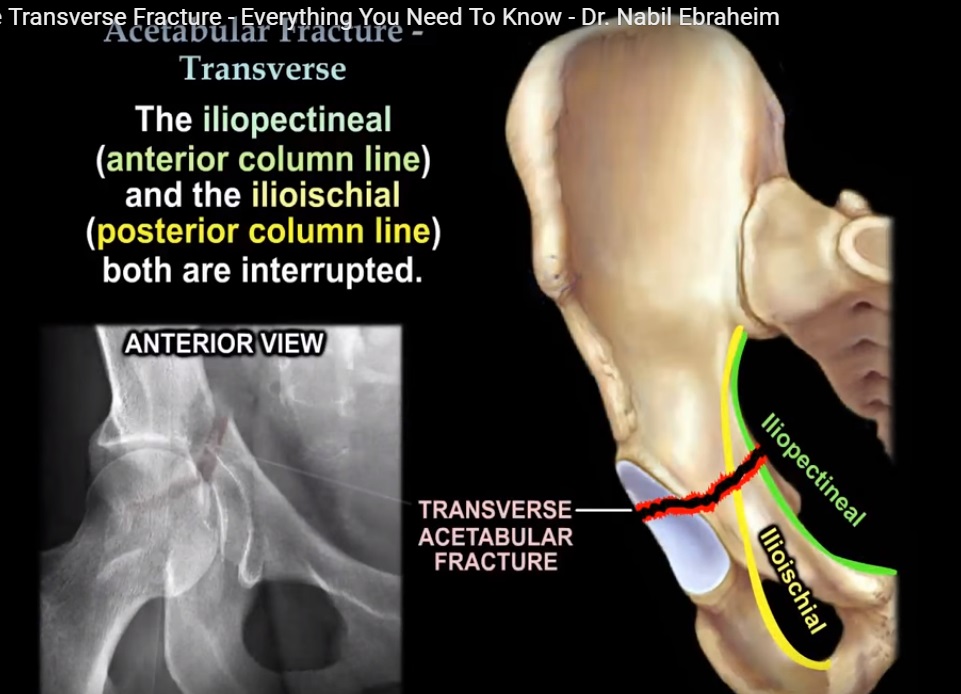

Refer fractures that are irreducible, unstable or intra-articular and involving one third or more of the articular surface. Open fractures may require referral unless physician is comfortable and familiar with the reparative process. Three fracture patterns: longitudinal, transverse, comminutedĬlosed fractures usually will not require reduction unless significantly angulated or displaced. May have associated soft tissue damage to the finger pulp or nail bed laceration Refer nail bed lacerations involving distal tip amputation. Maintain the space of the nail fold to allow for a new nail plate by placing the original nail or petroleum gauze over the nail bed and into the nail fold for two to three weeks. Primary suturing of the nail bed with 6-0 or 7-0 absorbable suture Nail bed lacerations may be associated with large subungual hematomas (involving ≥ 50 percent of the nail)

History of a high-force crush injury or high-speed laceration (i.e., machine press or rotary saw) Grossly deformed nail with visible nail fracture and nail bed laceration Splint the fingertip until tenderness subsides. Large subungual hematomas (involving ≥ 50 percent of the nail) may require nail removal and nail bed suturing. Subungual decompression through two to three small holes in nail created with cautery unit or heated paper clip Radiographs (AP, lateral, oblique) to rule out associated fractures Dislocations of the distal interphalangeal joint are rare and usually occur dorsally. Flexor digitorum profundus avulsion always requires referral. Most mallet finger injuries heal with six to eight weeks of splinting, but some require referral. Radiographs help to differentiate between tendinous and bony mallet types. Patients with mallet finger cannot extend the distal interphalangeal joint because of a disruption of the extensor mechanism. Open or intra-articular fractures of the distal phalanx may warrant referral. Closed fractures of the distal phalanx may require reduction but usually are minimally displaced and stable, and can be splinted. A nail bed laceration is treated by removing the nail and suturing the injured nail bed. Treatment requires subungual decompression, which is achieved by creating small holes in the nail. A subungual hematoma is a painful condition that involves bleeding beneath the nail, usually after trauma. Proper diagnosis and management of fingertip injuries are vital to maintaining proper function of the hand and preventing permanent disability. The family physician often provides the first and only medical intervention for fingertip injuries.


 0 kommentar(er)
0 kommentar(er)
